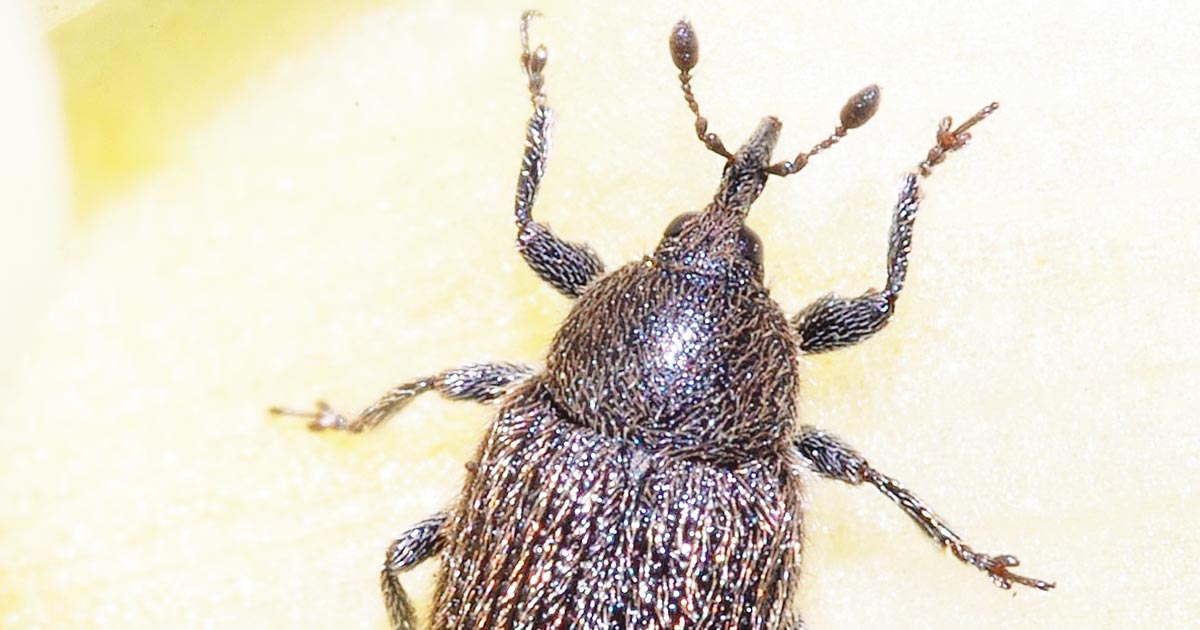Contains affiliate links
By RANDOLPH W. HOBLER
Dear dedicated denizens of Mineral County, Mont.: I know, your top New Year’s resolution for 2023 is to destroy the scourge of that invasive, aggressive, noxious weed, dalmatian toadflax, in your back yard, your back 40 acres, or your expansive, 5,000-acre rangeland. But before getting into the weeds about weeds, it behooves me to point out your county’s lost opportunity.
Nestled next to Idaho in the northwestern nook of Montana, Mineral County’s name certainly comports with its history, harking back to 1869, when gold and silver were plentifully mined. Of the county’s 19 towns, however, only three have names that fit the mineral brand—Quartz, Borax, and Keystone. Obviously, the other towns ought to change their names to something more fitting, like Feldspar, Arsenopyrite, or Magnesio-Riebeckite.
How the Mineral County Economic Development Corporation could rock with a powerful boost to tourism! Think of the swarms of geological tourists lavishing their hard-earned dollars up and down the county! Think of the revenue from the sale of branded pick-axes alone!
But back to dalmatian toadflax. Along with hounds tongue, ragwort, skeleton weed, Canada thistle, sulphur cinquefoil, purple loosestrife, and 21 others, dalmatian toadflax is listed in the Most Wanted Law enforced by the Mineral County Weed Management District. Half of Montana’s counties, in fact, have their own similar lists.
To the uninitiated, these weeds seem innocent enough. After all, they are all pretty, blooming with colorful flowers. Bees thrive on them. Some, like Canada thistle, are even edible. Others are used medicinally, like hounds tongue for insect bites. Yet the District is on a crusade to eradicate these weeds forever from the gentle fields of Mineral County. Why?
The Speeds of Weeds with Seeds
Let us count the ways. Noxious weeds have a destructive impact on Montana’s landscape by displacing native plant species, increasing soil erosion, degrading wildlife habitat, and reducing recreational opportunities. They reduce food for native animals, insects, and birds. By displacing plants that stabilize and build soils, they can increase runoff and soil erosion.
They can be toxic—sometimes fatal—to livestock like cows, horses, and sheep. And, closer to home, they can be toxic to pets and people.
Some have root systems embedded as deep as 9 feet under ground. By sheer volume, noxious weeds rapidly run rampant over the existing environment. A single field bindweed plant, for instance, can produce up to 500,000 seeds, which can spread far from your property onto others’.
The long arm of the law extends to every one of the 4,535 citizens of Mineral County. All are on notice. They must remove noxious weeds from their property. If not, they face fines up to $500 or up to six months in jail. This all seems simple enough. But there’s a rub. Actually, a lotta rubs.
So Many Weeds
How does one without a Ph.D. in horticultural engineering even identify one of these weeds, let alone identify the other 28 found in the county? And how to get rid of them?
Options include pruning, clearcutting, thinning, mulching, tarping, digging, tilling, slash-and-burning, hand-pulling, mowing, hoeing, brush cutting, sheep or goat grazing, or spraying toxic herbicides.
One could also rely on bio-control agents—fungal pathogens like thistle rust, or one of 130 weed-killing insects, like the hounds tongue seed-feeding Weevil.
Montanans release one million of such insects across the state annually. Over a span of two years, they multiply to more than one trillion.
If you opt for herbicides, how do you know which is the best to apply? Some kill healthy plants. And Round-Up increases the risk of non-Hodgkin’s lymphoma for humans.
For yanking weeds, how do you know which tools to use—weed wrenches, Dutch hoes, Cape Code weeders, paving weeding crevice tools, or tractor-mounted weeding machines?
It’s complicated, indeed.
While the Weed District does provide education and assistance, the burden of weed removal—and knowing how to do it—ultimately rests on the individual landowner.
Does the Punishment Fit the Crime?
In almost every case in law, you are punished for something that is your fault, say, for example, if you were to assault someone. But having noxious weeds on your land is not necessarily your fault. It’s the weeds’ fault. Or, as seen through the eyes of the law, weed infestation is an act of God. But here you are, a person fined or imprisoned for something you had nothing to do with.
Let’s face it. In Mineral County, you’ll be hard at work getting rid of those noxious weeds—either that, or you’ll be doing hard time. MSN











